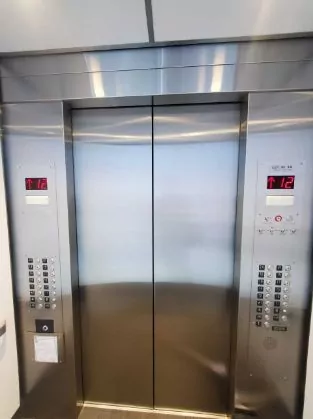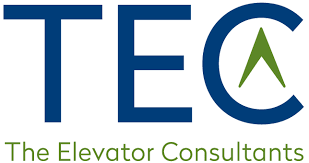Elevators are an essential part of our daily lives, providing convenience and accessibility in buildings of all types. However, without adherence to strict standards, elevators can pose safety risks and limit accessibility for individuals with disabilities. In this article, we will provide some of the most important elevator standards that building owners should consider to ensure the safety, accessibility, and compliance of their elevator systems, as well as promote energy efficiency and optimal performance, among other attributes as well.
ASME A17.1: The Ultimate Safety Code
ASME A17.1 stands as the primary safety code governing the design, construction, installation, operation, inspection, testing, maintenance, alteration, and repair of elevators and escalators in the USA. This comprehensive code covers a wide range of critical aspects, including required safety features, maximum travel distances, equipment specifications, and inspection procedures. Complying with ASME A17.1 is crucial for building owners to ensure the safety and performance of their elevator systems.
ADA Standards: Ensuring Accessibility for All
The Americans with Disabilities Act (ADA) establishes requirements for elevator car sizes, door widths, control heights, audible and visible signals, and more. These standards aim to ensure that individuals with disabilities can access and use elevators without any barriers. Following ADA standards is not only important for new buildings but also for existing ones, as retrofitting elevators to meet these accessibility requirements is paramount in creating inclusive environments for everyone. 
Local Codes and Amendments: The Fine Print
Most jurisdictions have adopted some version of the International Building Code (IBC), which references ASME A17.1 and includes additional elevator regulations. It is crucial for building owners to consult local authorities and be aware of any amendments or additional elevator rules specific to their jurisdiction. Staying up to date with local codes guarantees compliance and enhances overall safety and efficiency in elevator operations.
EN 81: The European Standard
For building owners with operations in Europe, adherence to EN 81, the main international standard for elevator safety, dimensions, and operations, is essential. This standard ensures that elevators meet the safety requirements across European countries, contributing to a harmonized and safe transportation system.
Fire Service Access Elevators: Preparedness in Emergency Situations
Some jurisdictions require elevators to have additional features to facilitate their use by fire departments during emergencies. These requirements may include larger car sizes, water exposure protection, emergency power provisions, and more. Building owners must ensure compliance with these additional rules to aid first responders in their firefighting and rescue efforts.
Energy Efficiency: Promoting Sustainable Practices
In addition to safety and accessibility, energy efficiency is an important aspect of elevator systems. Building owners should consider standards and codes that promote energy-saving practices, such as using energy-efficient lighting, regenerative drives, and efficient operation modes. By implementing these measures, building owners can reduce energy consumption and contribute to environmental sustainability.
Maintenance & Inspections: The Lifeline of Elevator Systems
Proper maintenance, repair, and regular inspections conducted by qualified technicians are crucial for ensuring the longevity and safety of elevator systems. Standards dictate minimum inspection frequencies and procedures that must be followed, and documentation of maintenance activities must be retained. Regular maintenance and inspections help identify potential issues before they become safety hazards and ensure the smooth operation of elevators.
Building Information Modeling (BIM): Enhancing Collaboration and Efficiency
Building Information Modeling (BIM) is a digital modeling and information management process that enhances the design, construction, and operation of buildings. Many standards and codes related to elevators have incorporated BIM requirements to promote better collaboration, communication, and coordination between stakeholders involved in elevator projects.
Meeting elevator standards is vital for building owners to ensure the safety, accessibility, and energy efficiency of their elevators. Codes such as ASME A17.1, ADA standards, local codes, EN 81, fire service access requirements, energy efficiency standards, maintenance regulations, and BIM guidelines protect the welfare of elevator users, promote accessibility, reduce energy consumption, and help avoid potential legal issues and mishaps. Staying current with the latest editions of these standards and incorporating sustainable practices guarantees compliance and enhances overall safety, accessibility, energy efficiency, and performance within any building.
